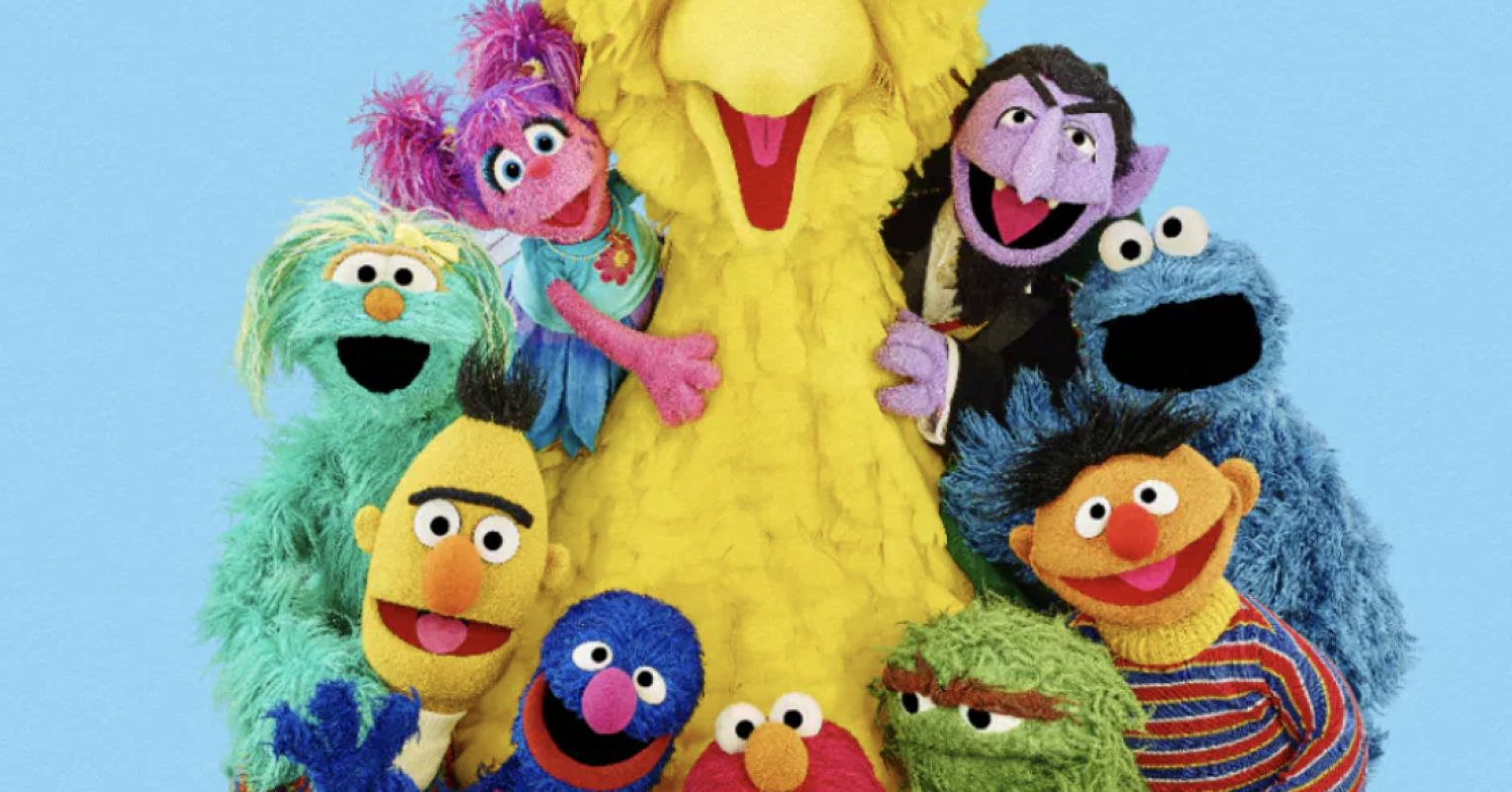
"When Sesame Street first appeared on television in 1969, it rearranged the architecture of childhood. The show looked like pure joy, a neighborhood of color, rhythm, and creatures who seemed to belong to no one and everyone at once. But underneath the laughter and songs was something more radical. A handful of educators and psychologists came together with a quiet conviction that television could be a classroom for children who didn't have one. They weren't simply trying to teach the alphabet."
"What made Sesame Street feel new was the puppets, the music, and the world it showed. This was a city block that looked like real life, diverse and alive. People of every background lived there, argued there, and hugged there. Big Bird saw the world with the wide eyes of a child. Bert and Ernie squabbled and made up. Oscar grumbled from his trash can, and somehow, we loved him for it."
"Decades later, research confirmed what children already knew in their bones. The show worked. Kids who watched it entered school with stronger literacy and math skills. A study by Mares and Pan in 2013 found that in 15 countries, Sesame Street improved learning outcomes. But what it really taught went beyond counting and spelling. It taught compassion. Patience. How to sit with feelings instead of running from them. Sesame Street made emotional life part of the curriculum. It made empathy part of education."
Sesame Street launched in 1969 to use television as a classroom for children lacking formal early education and to level opportunity gaps. The program portrayed a diverse city block populated by puppets and humans that reflected real communities, offering representation and social modeling. Research links viewership to stronger literacy and math skills and improved learning outcomes across countries. The curriculum integrated emotional learning, teaching compassion, patience, and how to sit with difficult feelings. The program’s evolution across platforms has maintained its mission of access while continuing to center kindness as the foundation of learning.
Read at Psychology Today
Unable to calculate read time
Collection
[
|
...
]